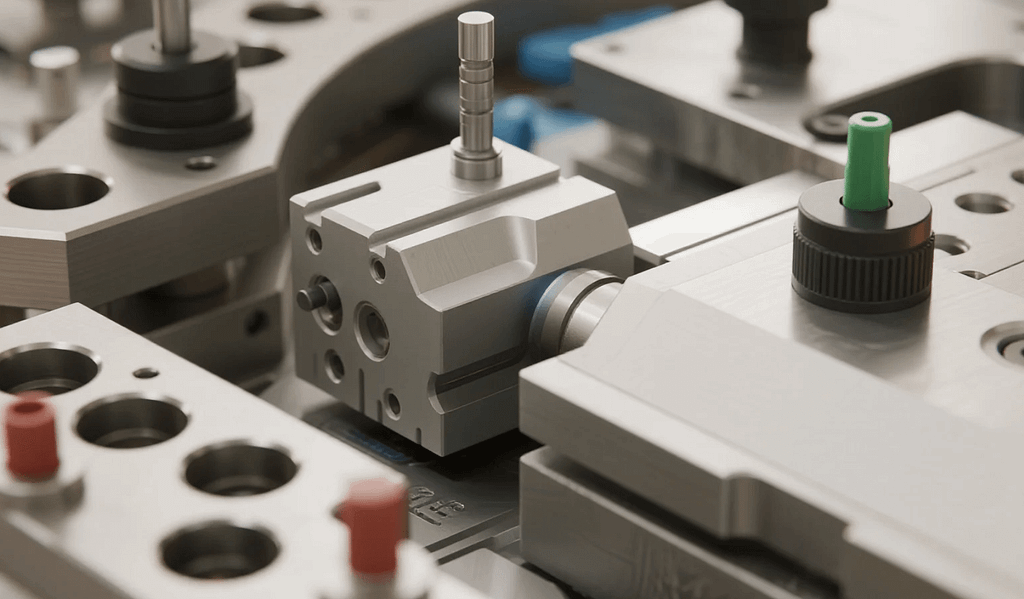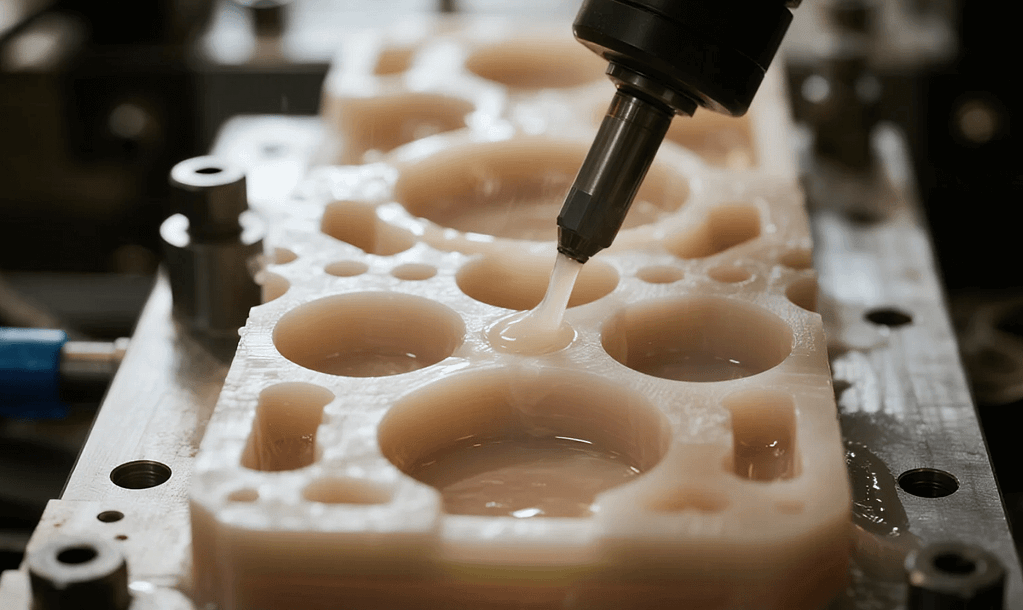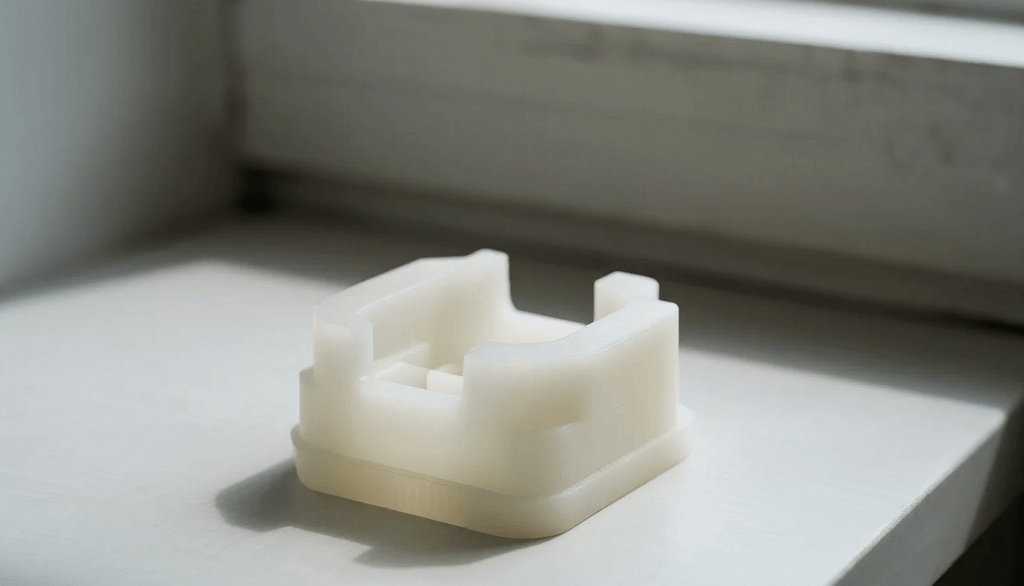In the world of modern manufacturing, where precision is paramount and a micron can make all the difference, one process stands out for its ability to deliver complex parts with incredible accuracy and repeatability: moulage par injection de plastique. While standard injection molding is a familiar term, precision plastic injection molding elevates the process to a level where it can meet the most stringent demands of industries like medical devices, aerospace, and electronics. This article will delve into the nuances of this advanced manufacturing technique, helping you understand when and why it’s the ideal solution for your high-stakes components.
A la base, moulage par injection de plastique is a manufacturing process for producing parts by injecting molten plastic material into a mold. After the material cools and solidifies, the part is ejected from the mold. This method is praised for its efficiency, cost-effectiveness at scale, and ability to produce identical parts with high consistency. However, what distinguishes the “precision” variant is the meticulous control over every single parameter of the process. This includes temperature, pressure, injection speed, and cooling time, all of which are optimized to ensure the final product meets exceptionally tight tolerances, often measured in thousandths of an inch or even micrometers.
The Defining Characteristics of Precision Plastic Injection Molding

The true value of precision molding lies in its capacity to handle complex geometries and produce parts with superior quality. It is far more than just a higher-end version of the standard process; it is a fundamentally different approach. The molds themselves are engineered with an entirely different level of precision, often utilizing hardened steel and multi-cavity designs to maximize output without sacrificing quality. These molds must be designed with extreme care to account for material shrinkage and potential warping, which are major challenges when dealing with very small or intricate features.
Furthermore, the materials used in precision applications are often high-performance engineering plastics, not the commodity polymers found in everyday consumer goods. Materials like PEEK, Ultem (PEI), and LCP (Liquid Crystal Polymer) are selected for their specific properties, such as high strength, thermal stability, or chemical resistance. The selection of the right material is a critical step, as it directly impacts the part’s final performance and manufacturability. The process also requires sophisticated machinery with highly responsive closed-loop control systems, which can make real-time adjustments to ensure uniformity from the first part to the millionth.
Applications Where Precision Is Not an Option, But a Requirement

The ability of precision plastic injection molding to consistently produce parts with fine features and exact dimensions makes it indispensable across several key industries. In the medical device sector, for example, it is used to create intricate components for surgical instruments, fluid connectors, and diagnostic equipment. These parts often have microscopic channels or mating features that must fit together perfectly to ensure patient safety and device functionality. A part that is even slightly off-spec could compromise a life-saving device.
Similarly, the aerospace and defense industries rely on this process for lightweight, durable components that must perform reliably under extreme conditions. Connectors, housings, and sensor components are frequently made with precision molding to reduce weight while maintaining structural integrity. In consumer electronics, the demand for smaller, more powerful devices has driven the need for incredibly precise plastic parts. Think of the tiny internal components of a smartphone, a camera lens housing, or the intricate parts of a miniature motor. The miniaturization trend is heavily enabled by the capabilities of precision molding.
The Economic and Performance Advantages
While the initial investment in a precision mold can be higher, the long-term benefits are substantial. First and foremost, the process significantly reduces waste and rework. By controlling the process so tightly from the outset, the number of defective parts is dramatically lowered. This not only saves on material costs but also on the time and labor associated with quality control and component replacement. The repeatability of the process means that every part coming off the line is virtually identical to the last, ensuring that assembly processes are smooth and efficient.
Secondly, precision molding allows for the consolidation of multiple parts into a single, more complex component. This is known as “part consolidation” or “design for manufacturability.” By incorporating features like living hinges, snap fits, or integral bosses into a single molded piece, manufacturers can eliminate assembly steps and the need for multiple fasteners, thereby reducing overall production costs and improving product reliability.
The Role of Design in Precision Molding

A successful precision plastic injection molding project begins long before the first shot is ever made. It starts with a comprehensive design and engineering phase. The design must account for the specific characteristics of the chosen plastic material, including its shrink rate and thermal properties. Designers must also consider draft angles, wall thickness, and gating locations to ensure the mold fills correctly and the part ejects cleanly without stress or distortion.
Working with an experienced manufacturing partner, such as Captec Precision, is crucial at this stage. A skilled team can provide valuable feedback during the design phase to optimize the part for manufacturability, saving time and money in the long run. They can identify potential issues and recommend adjustments to the design that will improve the molding process and the final part’s quality.
Environmental Responsibility and Sustainability
In today’s manufacturing landscape, sustainability is a key consideration. Precision plastic injection molding can play a positive role in this area. By producing high-quality, durable parts that have a longer service life, the need for frequent replacements is reduced. Furthermore, the efficiency of the process, which minimizes material waste and energy consumption per part, contributes to a more sustainable manufacturing model. Many precision manufacturers are also able to process recycled or bio-based plastics, further reducing the environmental footprint of their operations.
Conclusion
So, is precision plastic injection molding the right choice for your project? If your application requires components with tight tolerances, complex geometries, and unwavering consistency, the answer is likely a resounding yes. From life-saving medical devices to mission-critical aerospace parts, this process provides the reliability and precision that are simply unattainable through less controlled manufacturing methods. By partnering with a company that has deep expertise in this specialized field, you can ensure your product is not only manufacturable but also perfectly suited to its intended purpose, delivering performance and value for years to come.
Frequently Asked Questions
Q: What is the main difference between standard and precision plastic injection molding?
A: The key difference lies in the level of control and the resulting tolerances. Standard injection molding is suitable for parts with wider tolerances, whereas precision molding involves a highly controlled process to achieve exceptionally tight tolerances, often required for complex, high-performance components.
Q: What types of materials are used in precision injection molding?
A: High-performance engineering plastics like PEEK, Ultem, and LCP are commonly used due to their superior mechanical, thermal, and chemical properties.
Q: How does precision molding improve product quality?
A: By tightly controlling process parameters, precision molding minimizes defects, reduces part-to-part variation, and ensures every component meets exact specifications. This leads to more reliable final products and more efficient assembly.
Q: Is precision injection molding more expensive?
A: While the upfront cost for a precision mold can be higher, the long-term cost savings from reduced waste, improved efficiency, and higher-quality parts often make it a more economical choice for high-volume, critical applications.